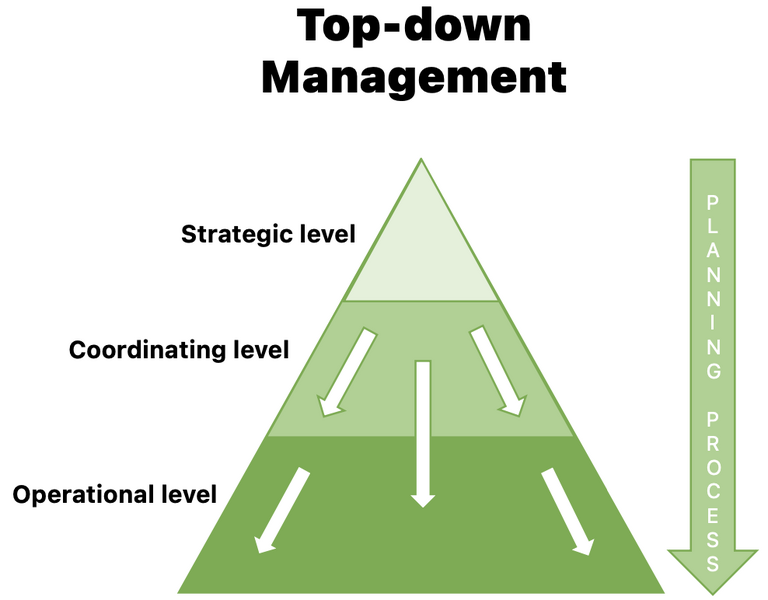What Is Meant By Top-down Management?

Top-down management is an approach to project management in which decision-making, planning and control originate at the highest hierarchical level. Here, the project leadership or management defines the goals, requirements and decisions of the project, which are then subdivided into subgoals and tasks and assigned to the corresponding teams or persons. The planning also includes the definition of the time schedule, the budget and the distribution of resources.
Those responsible at lower levels carry out their assigned tasks and work on the sub-goals to achieve the higher-level goals. Project leadership or management monitors progress and ensures smooth coordination between teams.
Reporting helps with this by providing regular reports on the progress of the project. Team members and managers at subordinate levels create reports on the status of their tasks and sub-goals. These reports are then shared with project leadership or management to provide a comprehensive overview of project progress.
The choice of project management approach, including top-down management, depends on several factors. In certain situations where clear structure, control and efficiency are critical, top-down management may be well suited. However, for projects that require flexibility, innovation, and greater employee involvement, a bottom-up approach may be more effective, allowing for greater team member involvement.

